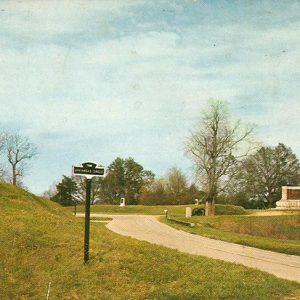 Vicksburg Monument
Vicksburg Monument
Entry Type: Thing
 Vicksburg Monument
Vicksburg Monument
 Victory Over Japan by Ellen Gilchrist
Victory Over Japan by Ellen Gilchrist
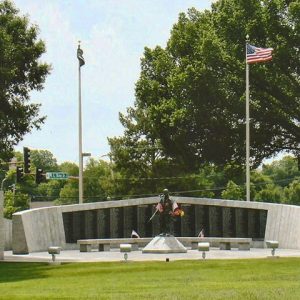 Vietnam Veterans Memorial
Vietnam Veterans Memorial
 Vietnam Veterans Memorial
Vietnam Veterans Memorial
Vietnam War Markers and Memorials
 Village Academy Beavers T-Shirt
Village Academy Beavers T-Shirt
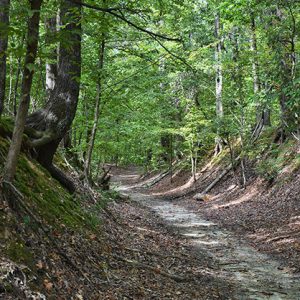 Village Creek Segment of the Memphis to Little Rock Road
Village Creek Segment of the Memphis to Little Rock Road
 Villines Farmstead Outhouse
Villines Farmstead Outhouse
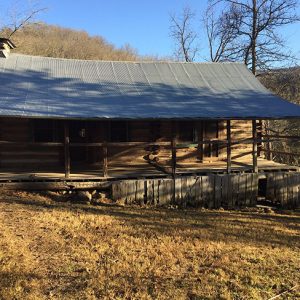 Villines Homestead
Villines Homestead
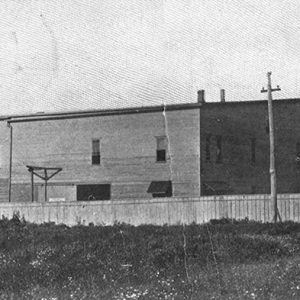 Vinegar Factory
Vinegar Factory
Vines
Vino’s
 Viticultural Areas Map
Viticultural Areas Map
 Voices of Omens
Voices of Omens
Voting and Voting Rights
W. H. Allen House
W. H. Young House
 W. H. Young House
W. H. Young House
 W. H. Young House
W. H. Young House
Wabbaseka United Methodist Church
 Wabbaseka Water Tower
Wabbaseka Water Tower
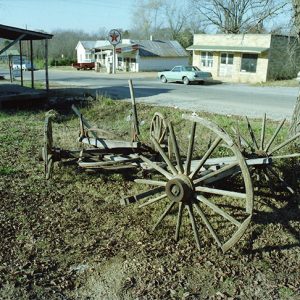 Wagon
Wagon
 West of the Alamo Lobby Card starring Jimmy Wakely
West of the Alamo Lobby Card starring Jimmy Wakely
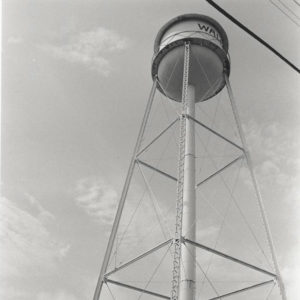 Waldo Water Tower
Waldo Water Tower
Waldo Water Tower
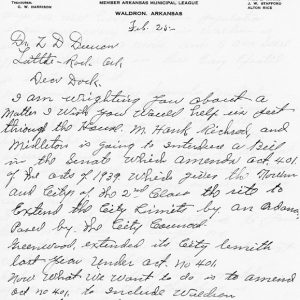 Waldron Letterhead
Waldron Letterhead
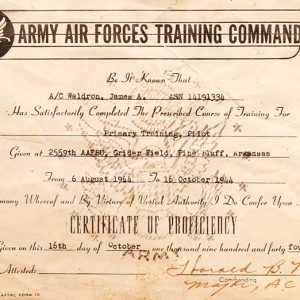 James Waldron Certificate
James Waldron Certificate
Walker-Stone House
 Walking Fern
Walking Fern
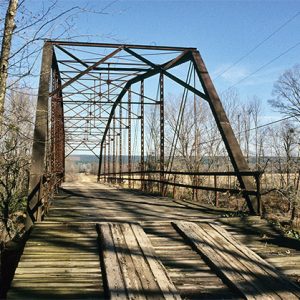 Wallace Bridge
Wallace Bridge
Wallace Bridge
aka: Nimrod Bridge
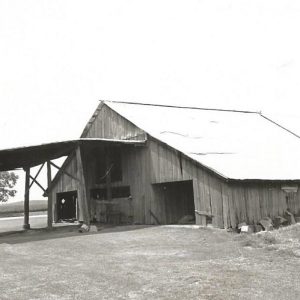 Walls Barn
Walls Barn
 Walls Corn Crib
Walls Corn Crib
Walmart Inc.
aka: Wal-Mart Stores, Inc.
 Walnut Ridge and Hoxie Mule Car Line
Walnut Ridge and Hoxie Mule Car Line
 Walnut Ridge Army Flying School
Walnut Ridge Army Flying School
 Walnut Ridge Army Flying School B-32s
Walnut Ridge Army Flying School B-32s
 Walnut Ridge Army Flying School BT-13
Walnut Ridge Army Flying School BT-13
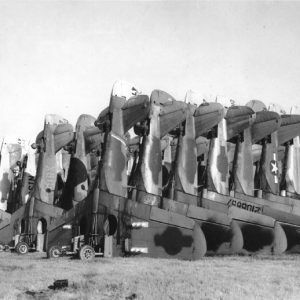 Walnut Ridge Army Flying School Fighter Planes
Walnut Ridge Army Flying School Fighter Planes
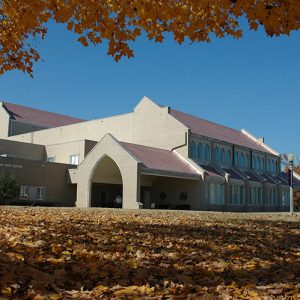 Walton Fine Arts Center
Walton Fine Arts Center
 Wampum Beads
Wampum Beads
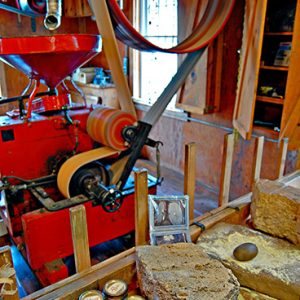 War Eagle Mill Interior
War Eagle Mill Interior
 War Memorial at Saline County Courthouse
War Memorial at Saline County Courthouse
War Memorial Park
 War Memorial Stadium
War Memorial Stadium
 War of 1812 Monument
War of 1812 Monument
War of the Rebellion [Book Series]
War Room, The
 The War Room Poster
The War Room Poster
 Ward City Hall
Ward City Hall




